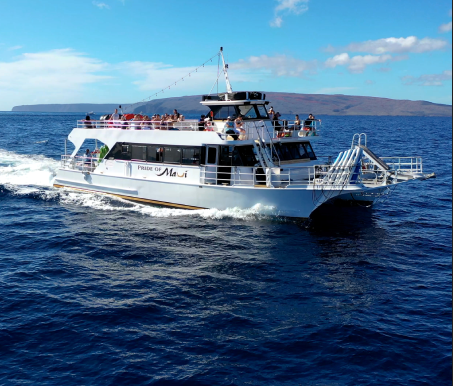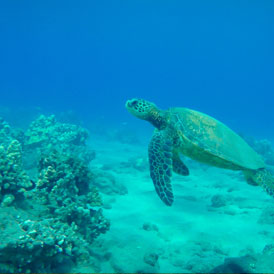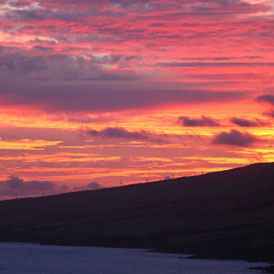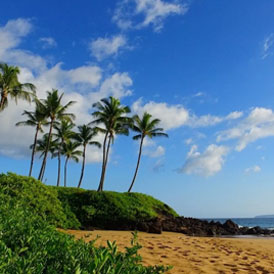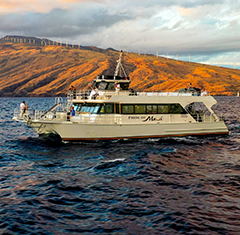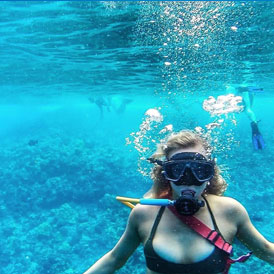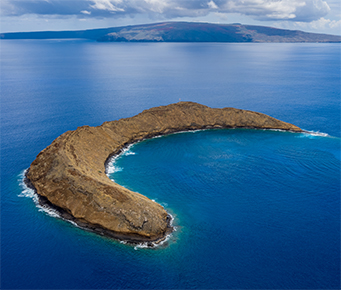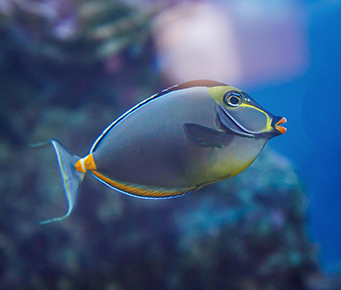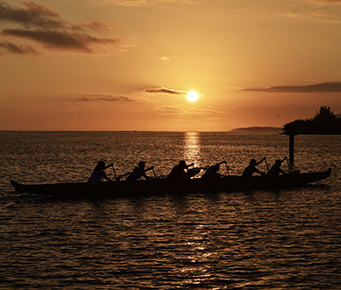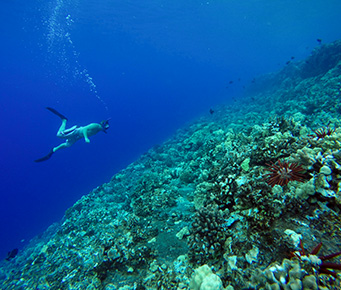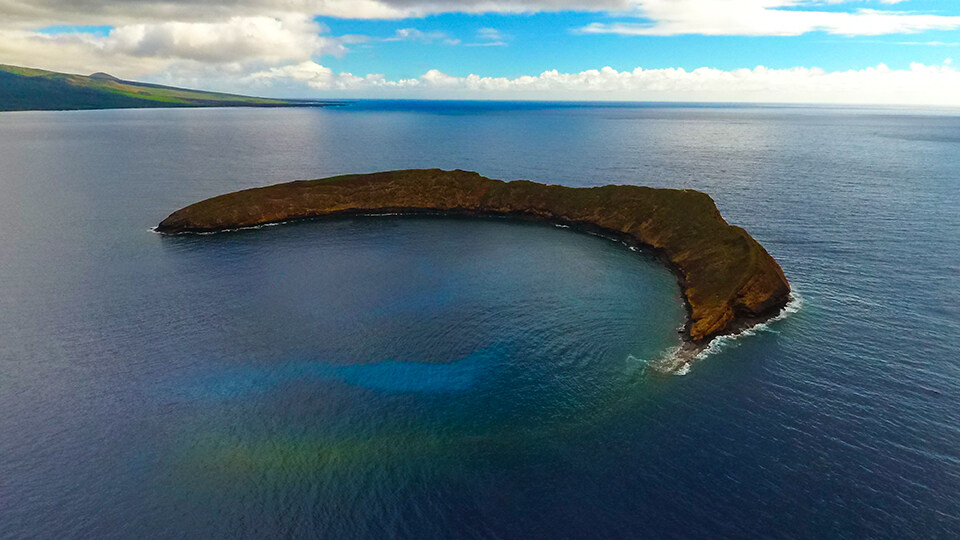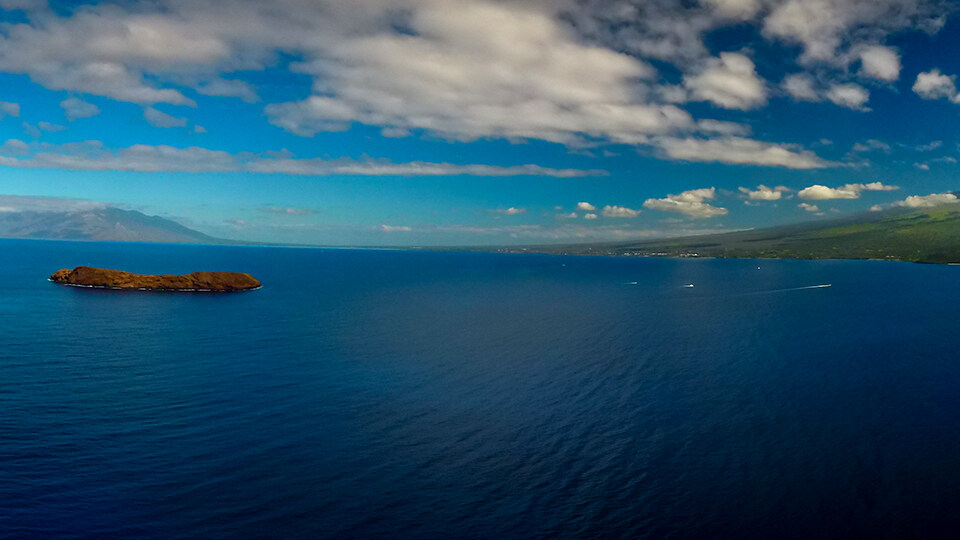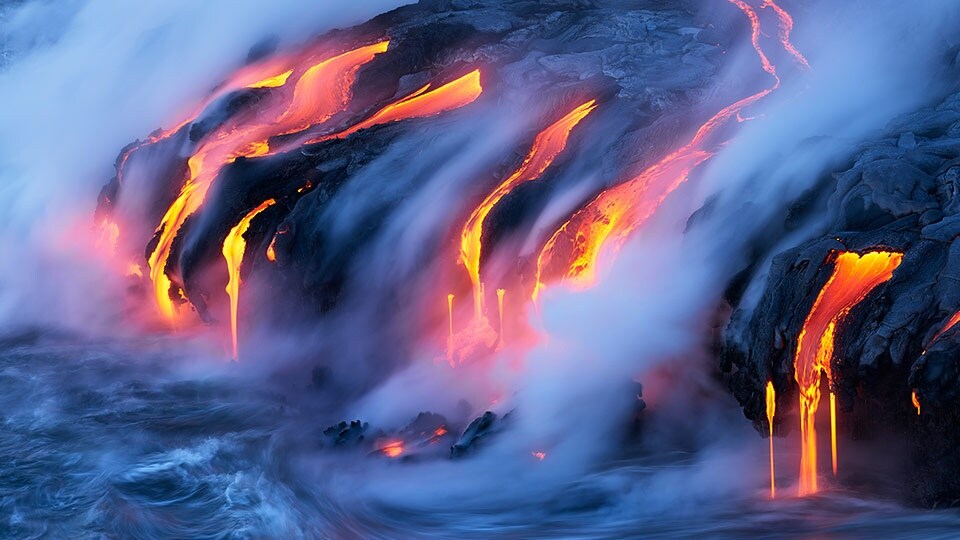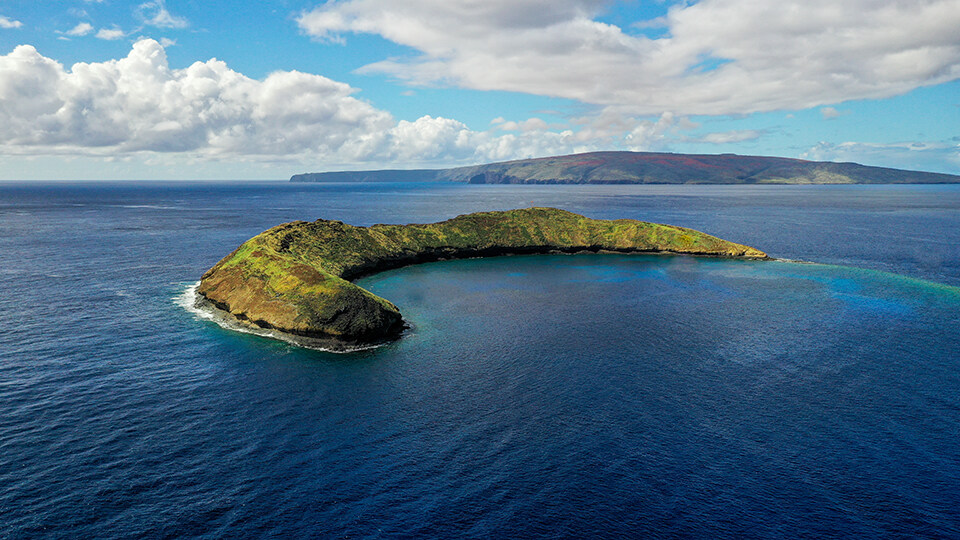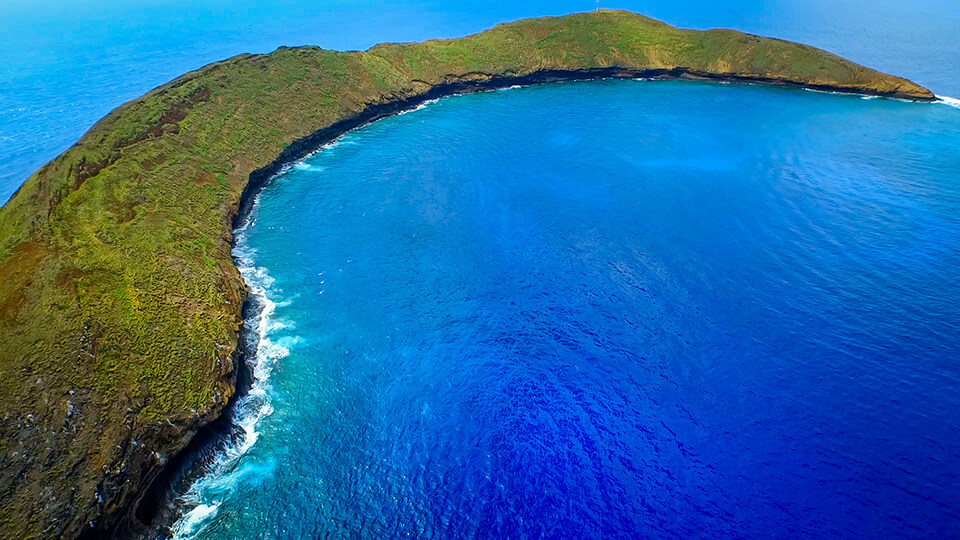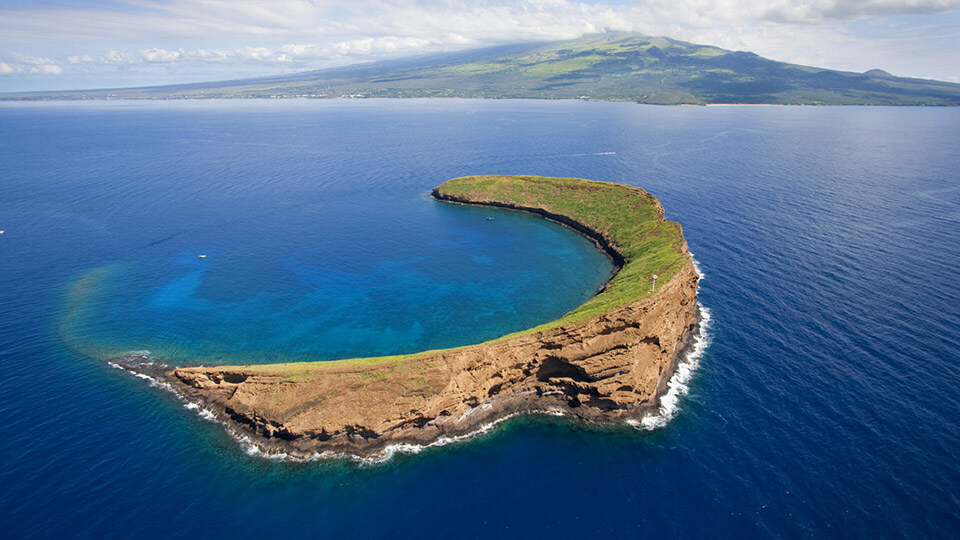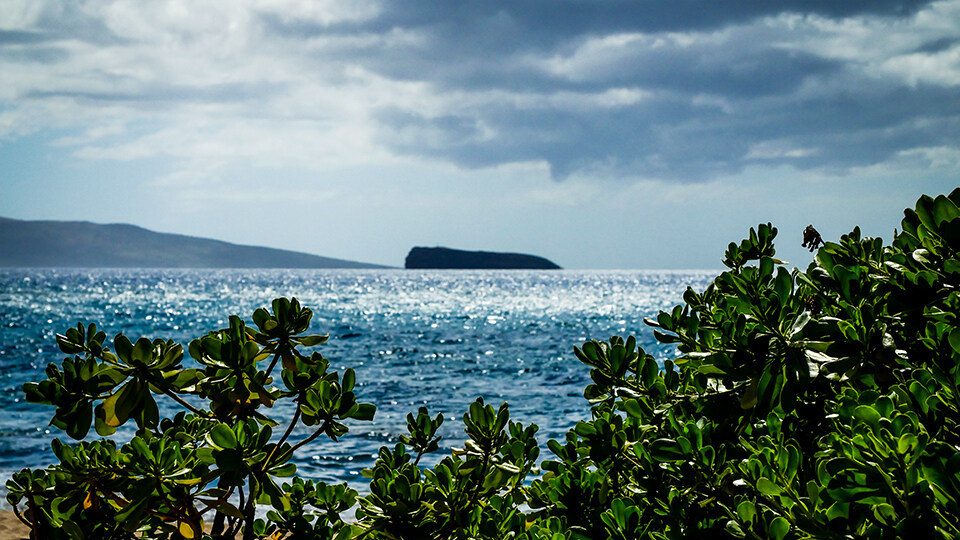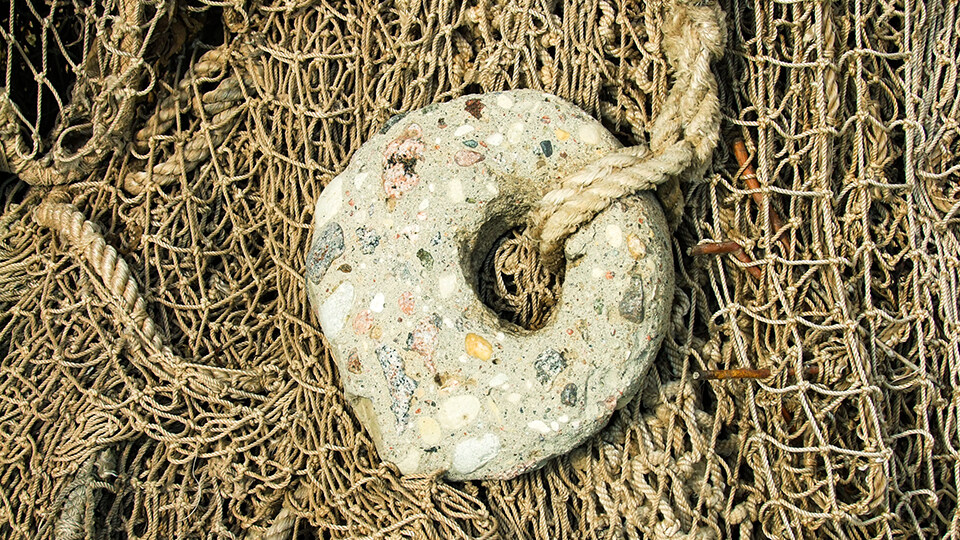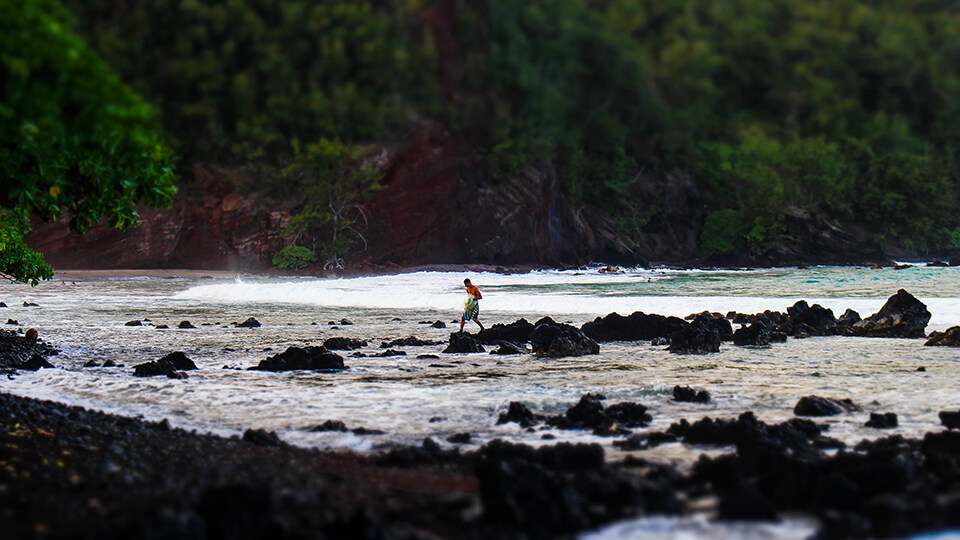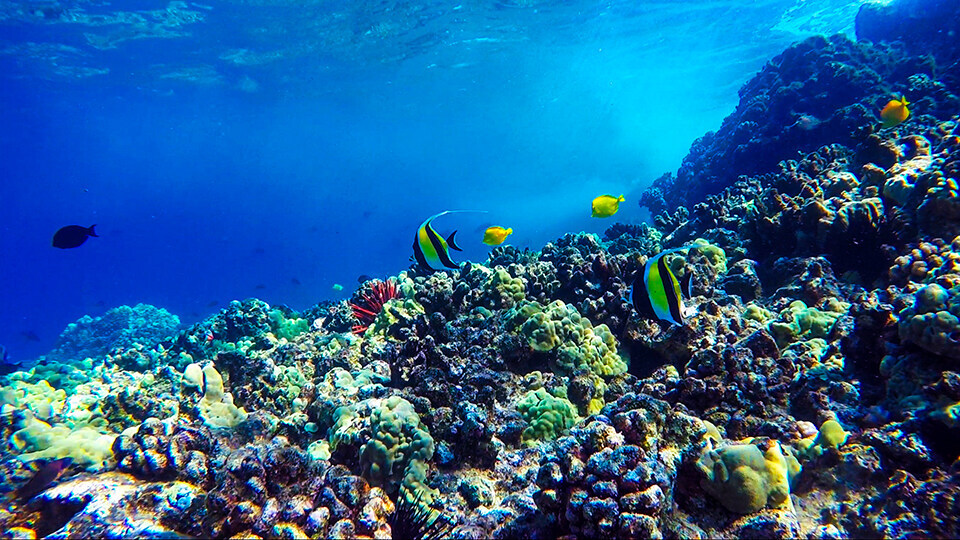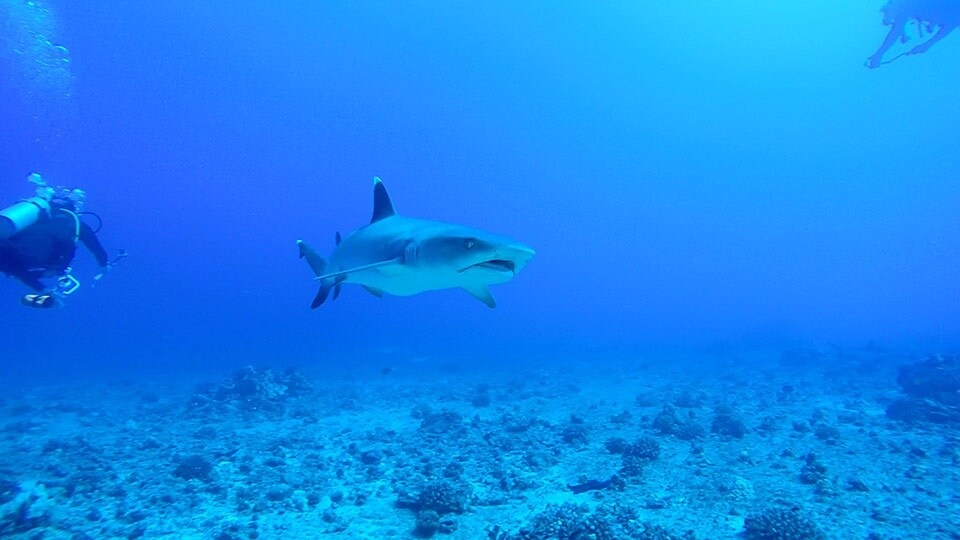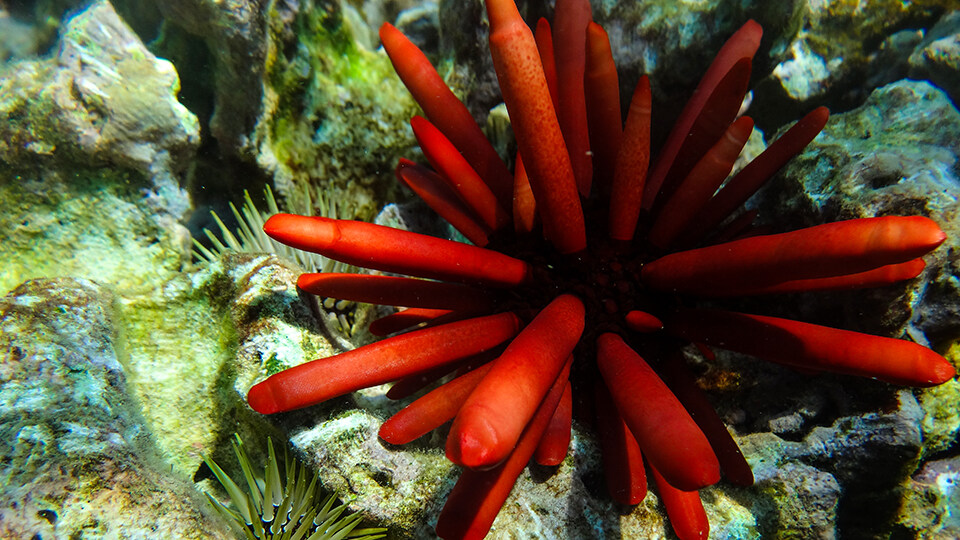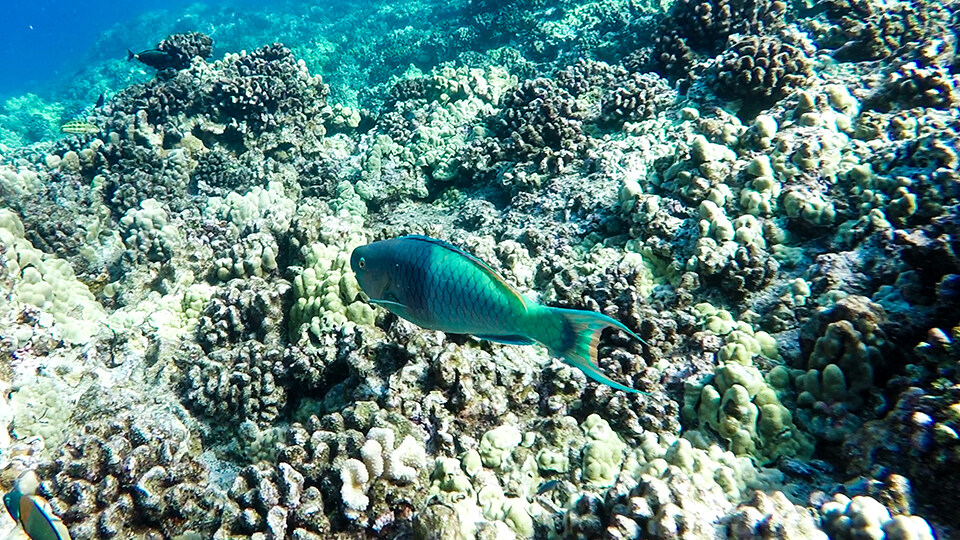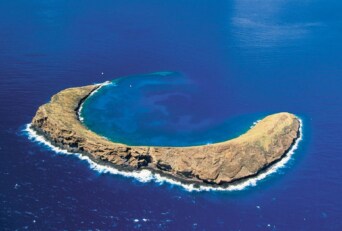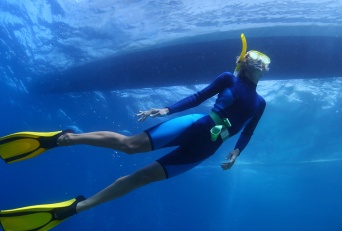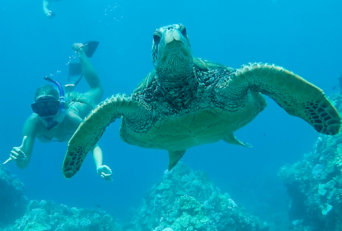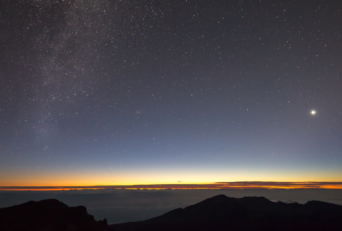
Is Molokini really what remains of a volcano?
Molokini is a volcanic cone that rises about 500 feet from the submarine flank of Haleakala to a summit that is only 162 ft above sea level. In ancient times, Molokini’s peak may have been as high as 500 feet above sea level. Years of rain and wind have eroded the rim. Once the north rim “sank” below sea level, the ocean streamed into the crater. Over time, a coral reef formed inside the protective arms of the crater, creating a shelter from the strong winds and waves. As a result, the waters around Molokini are now designated as a Marine Life Conservation District, protecting 260 breeds of fish and 38 coral species.
So, the short answer is yes, Molokini is what remains of a volcano. These days it is an absolute necessity for any visitor to Maui who might be looking for some of the best diving on the planet. You can take a comfortable trip out there on the Pride of Maui, which will also give you the opportunity to go snorkeling or SNUBA diving.
History of Molokini
The tiny, crescent-shaped islet of Molokini lies 3 miles offshore of Haleakalā volcano, East Maui. Molokini is a volcanic cone that rises about 500 ft from the submarine flank of Haleakalā to a summit only 162 ft above sea level. The cone is capped by a crater 1,770 feet in diameter, although the northern rim is below sea level, and the sea floods the crater.
Sea, Rain, and Wind Shape the Land
Long, long ago, Molokini was once part of Maui island. It’s believed that, with the melting of the ice caps at the end of the last ice age, sea levels around Molokini rose 400 feet, surrounding the entirety of the volcanic cone with water. At its height, Molokini’s peak may have been 500 feet above sea level. Years of rain and wind have eroded the rim. Once the north rim “sank” below sea level, the ocean streamed into the crater. In time, a coral reef formed inside the protective arms of the crater.
What Molokini Meant to Ancient Hawaiians
In Hawaiian legend, Molokini (the name means “many ties”) was once a beautiful woman. She and Pele, the fire goddess, were in love with the same man. The jealous Pele cut her rival in two and transformed her into stone. The woman’s head is supposedly Puʻu Olai, the cinder cone by Makena Beach on Maui.
Marine Life Conservation
The waters around Molokini are now designated as a Marine Life Conservation District, protecting 260 species of fish and 38 species of coral. Among these types of fish are the black triggerfish, yellow tang, Moorish idol, parrotfish, raccoon butterflyfish, and bluefin trevally. Small whitetip reef sharks and moray eels are occasionally seen in the crater, and red pencil urchins are abundant.
Discover the magic
of Molokini
If you love to swim, snorkel, scuba dive, bird watch, or simply feel the history of somewhere new, this place is awesome. You cannot call your visit to Maui complete without a trip to Molokini. Book your adventure with Pride of Maui and experience the wonder. Mahalo for reading our blog!
